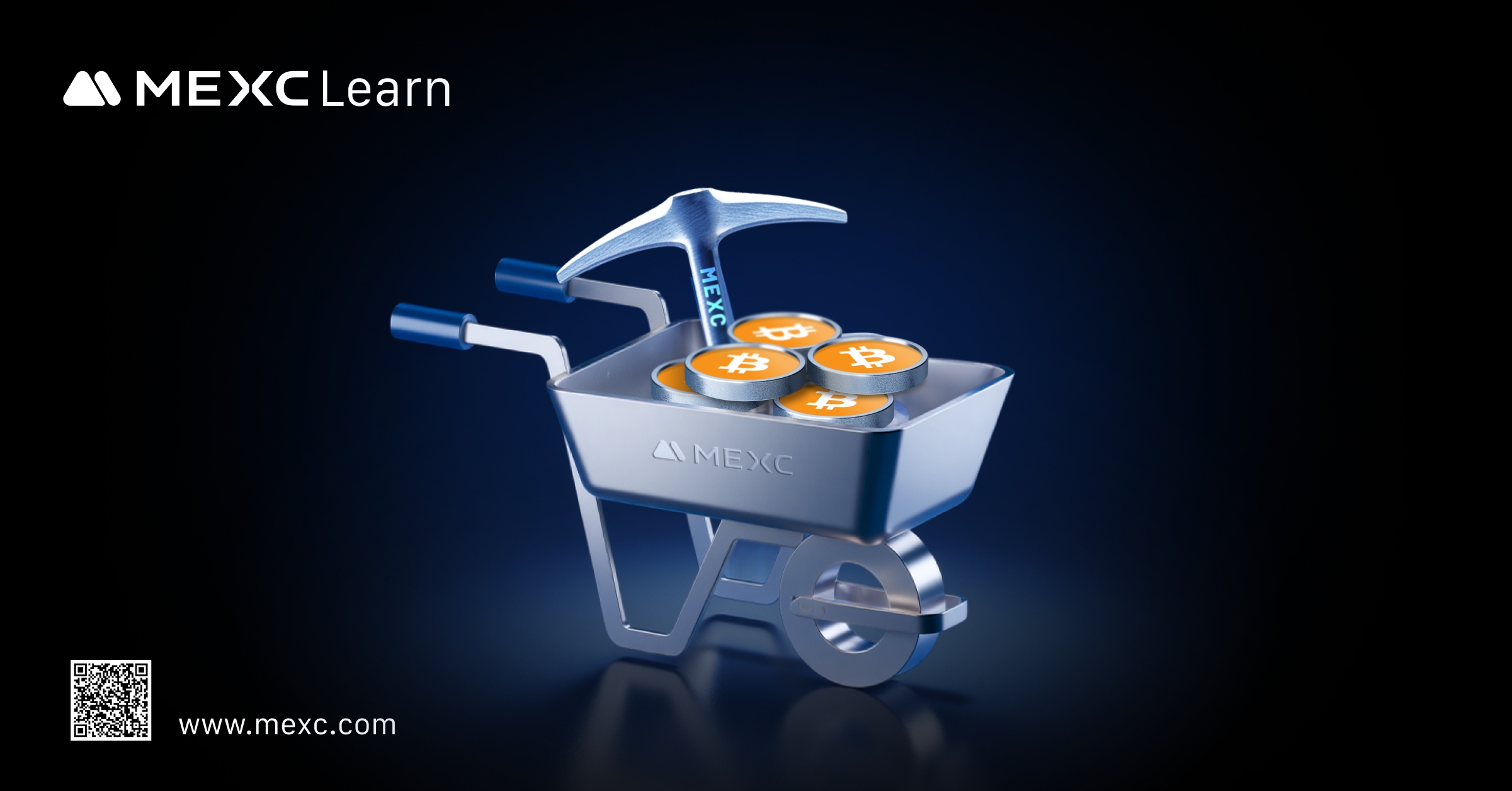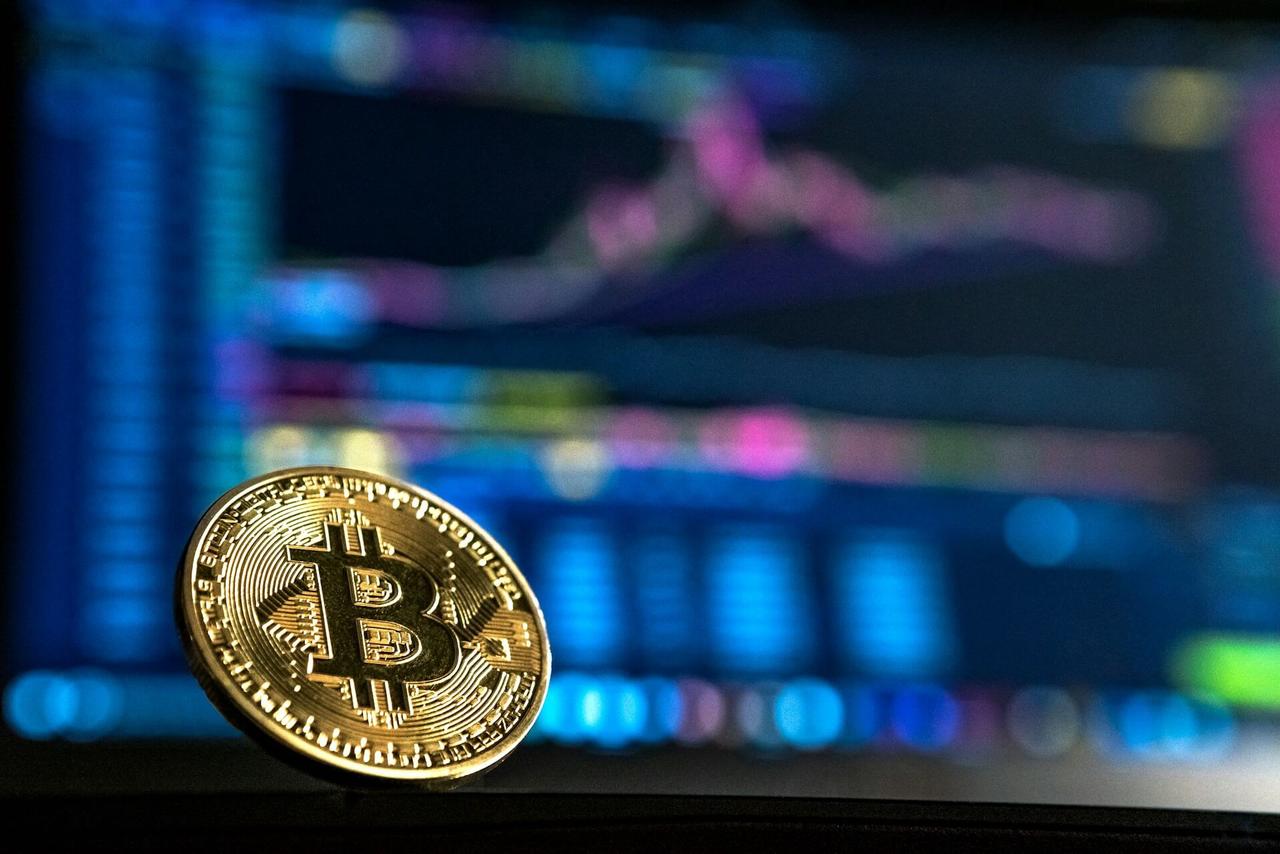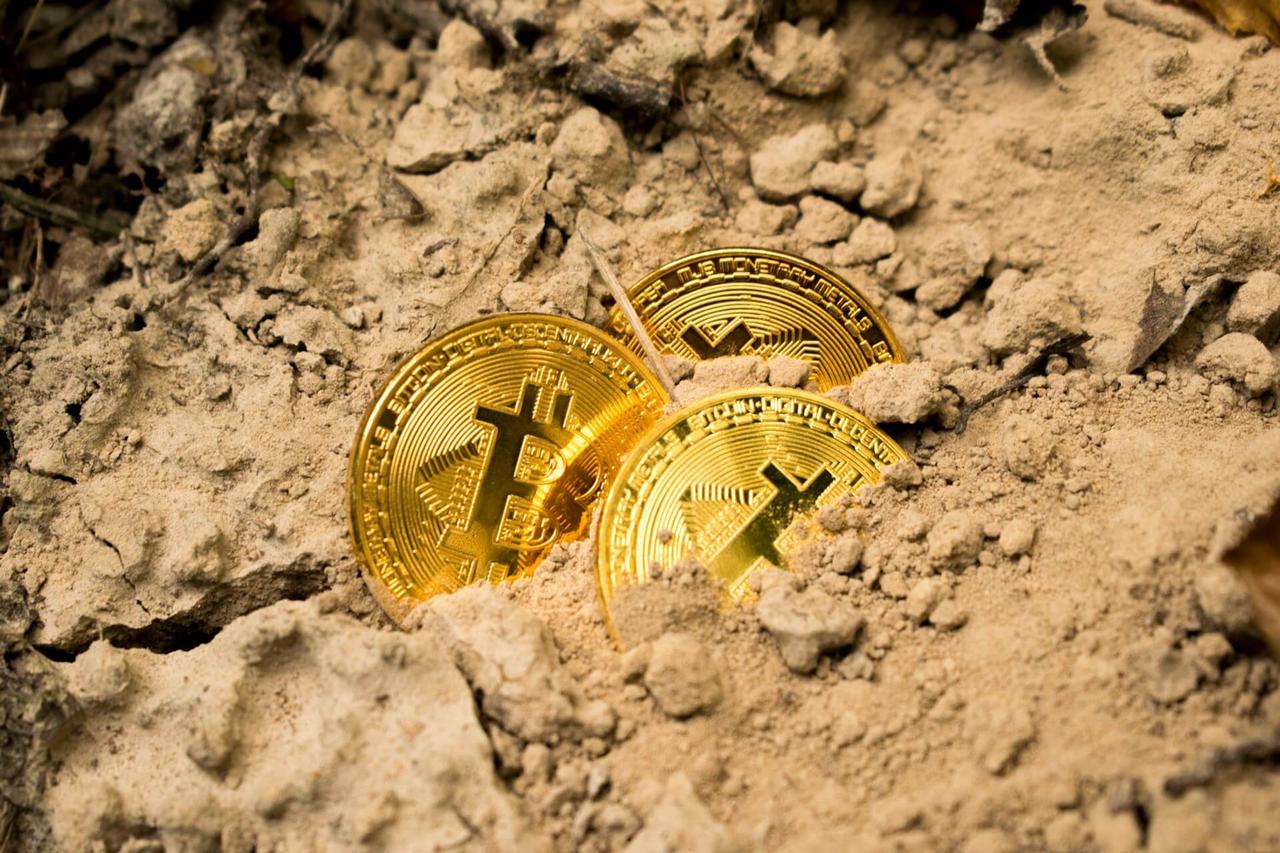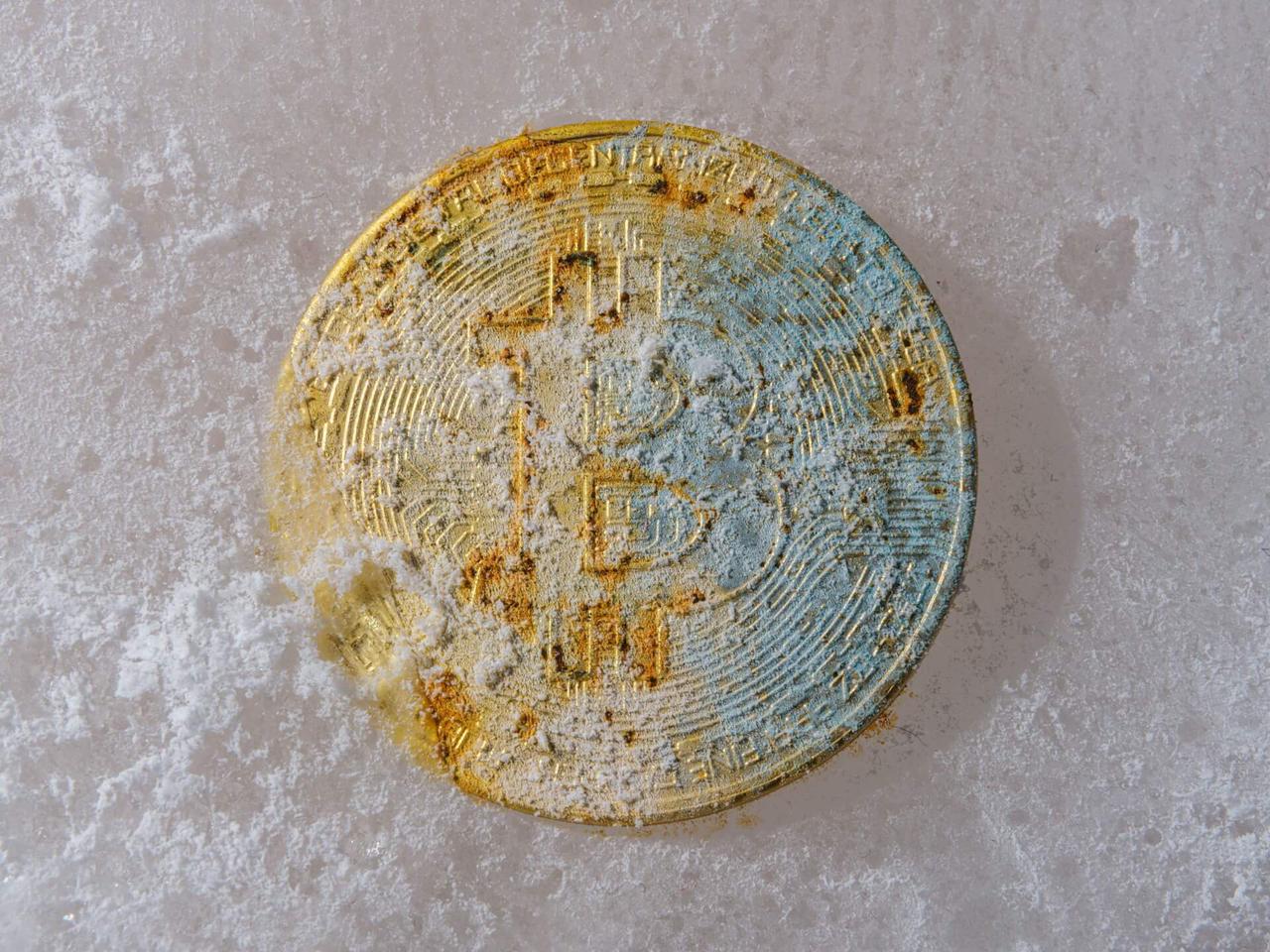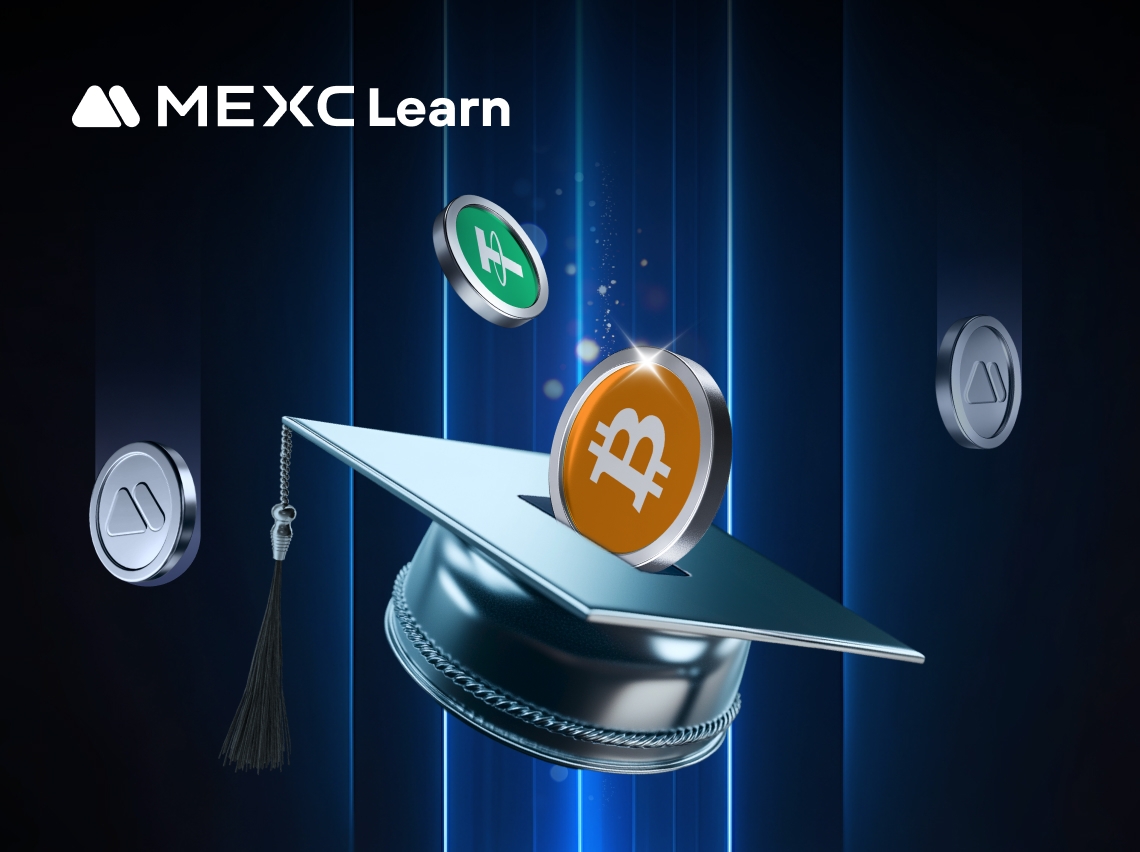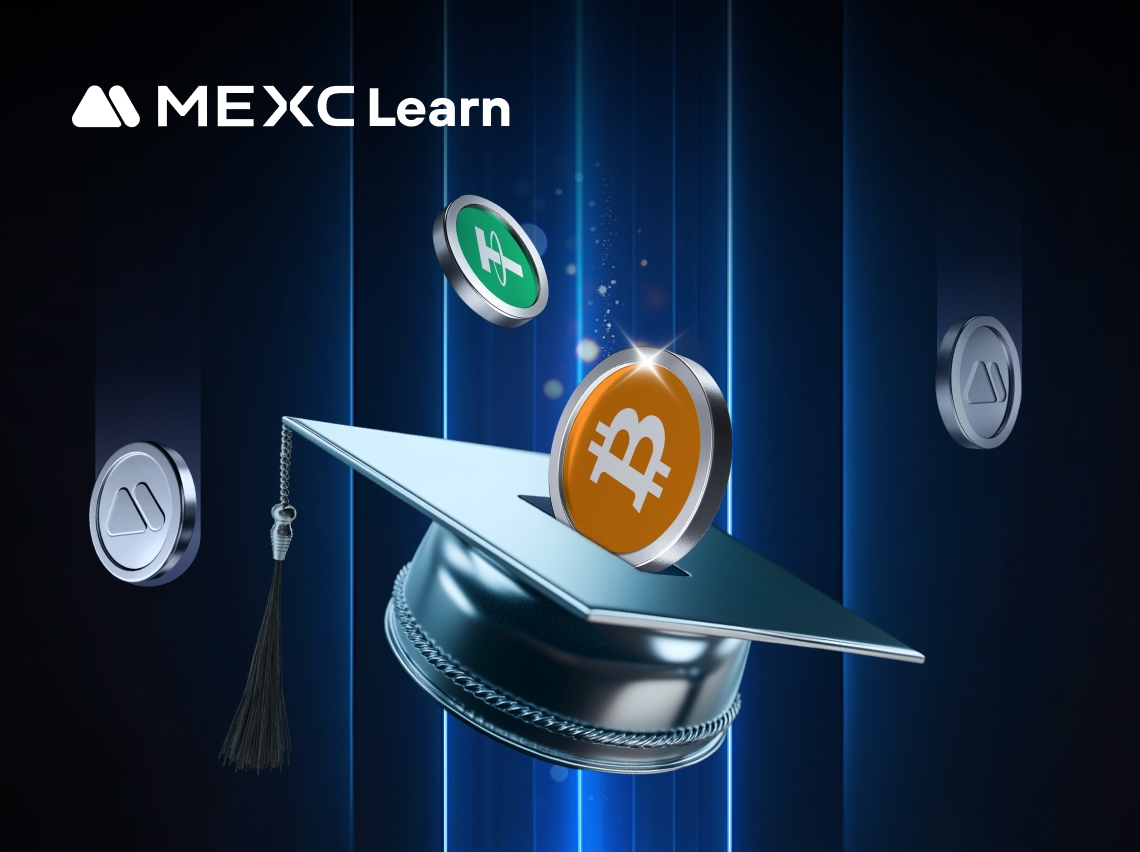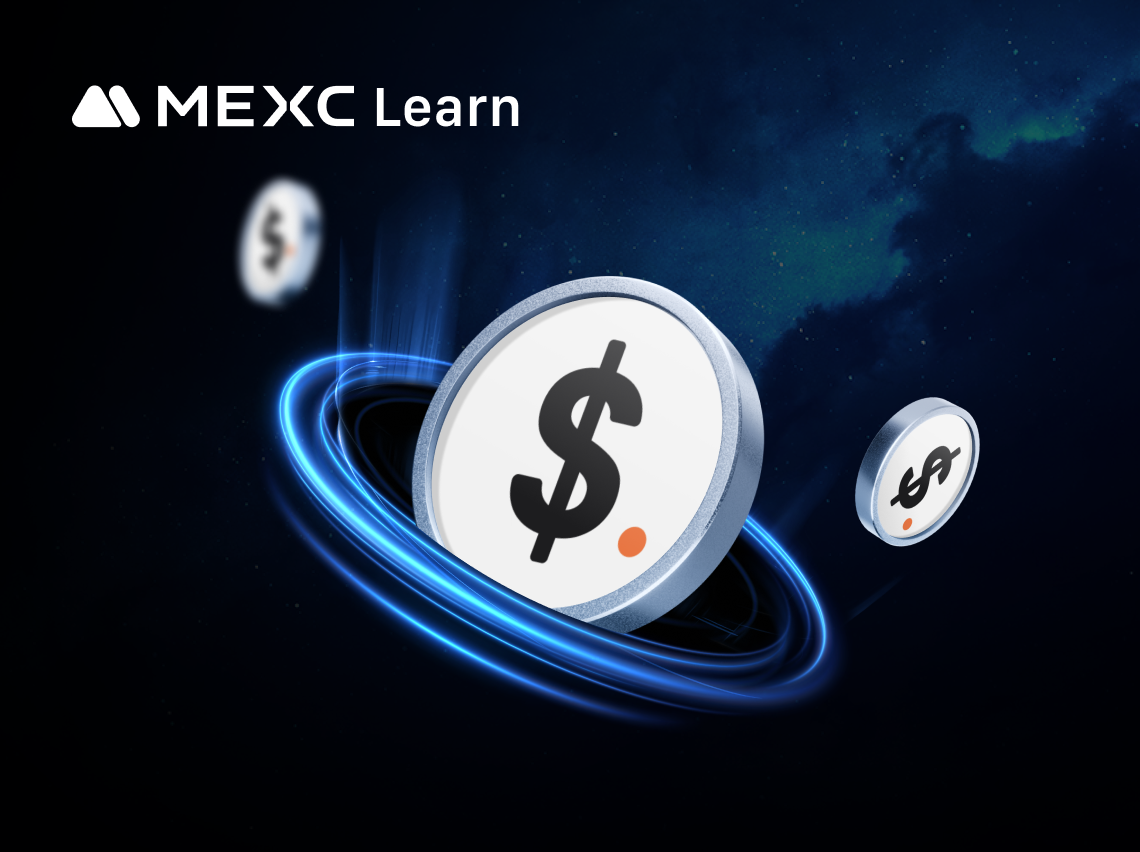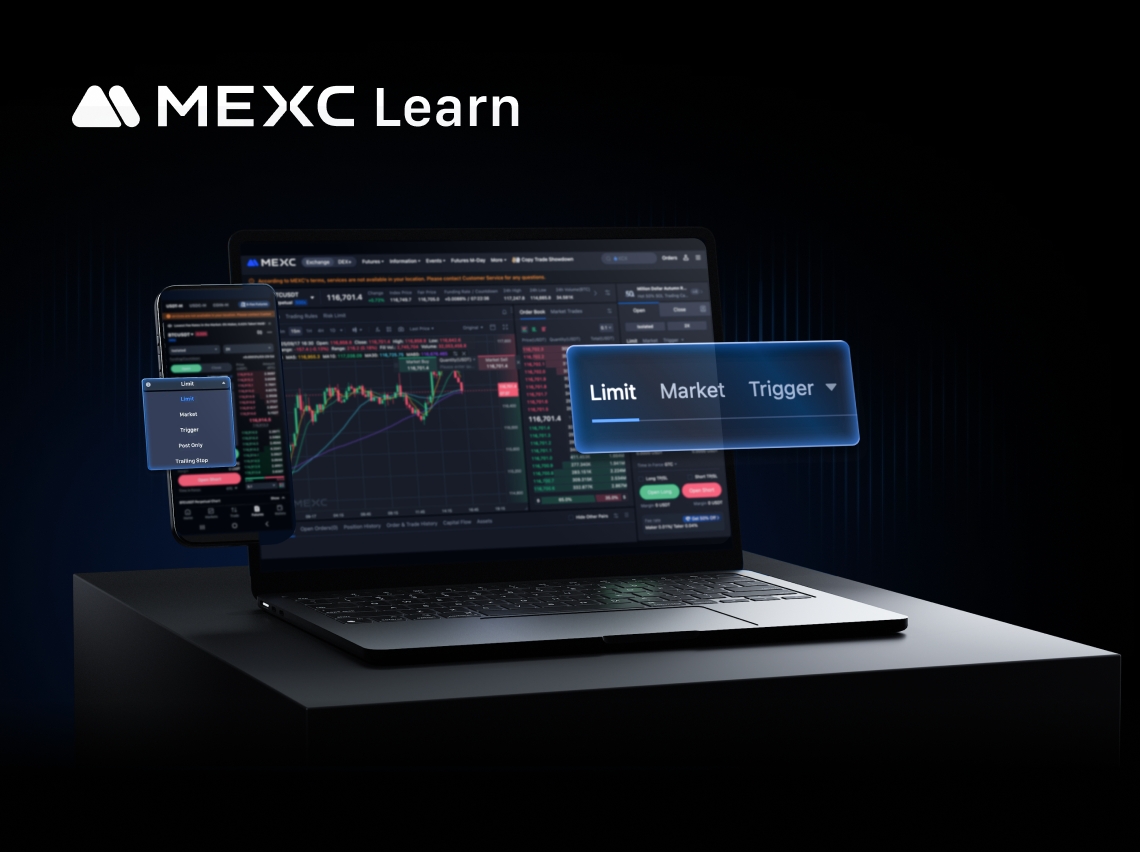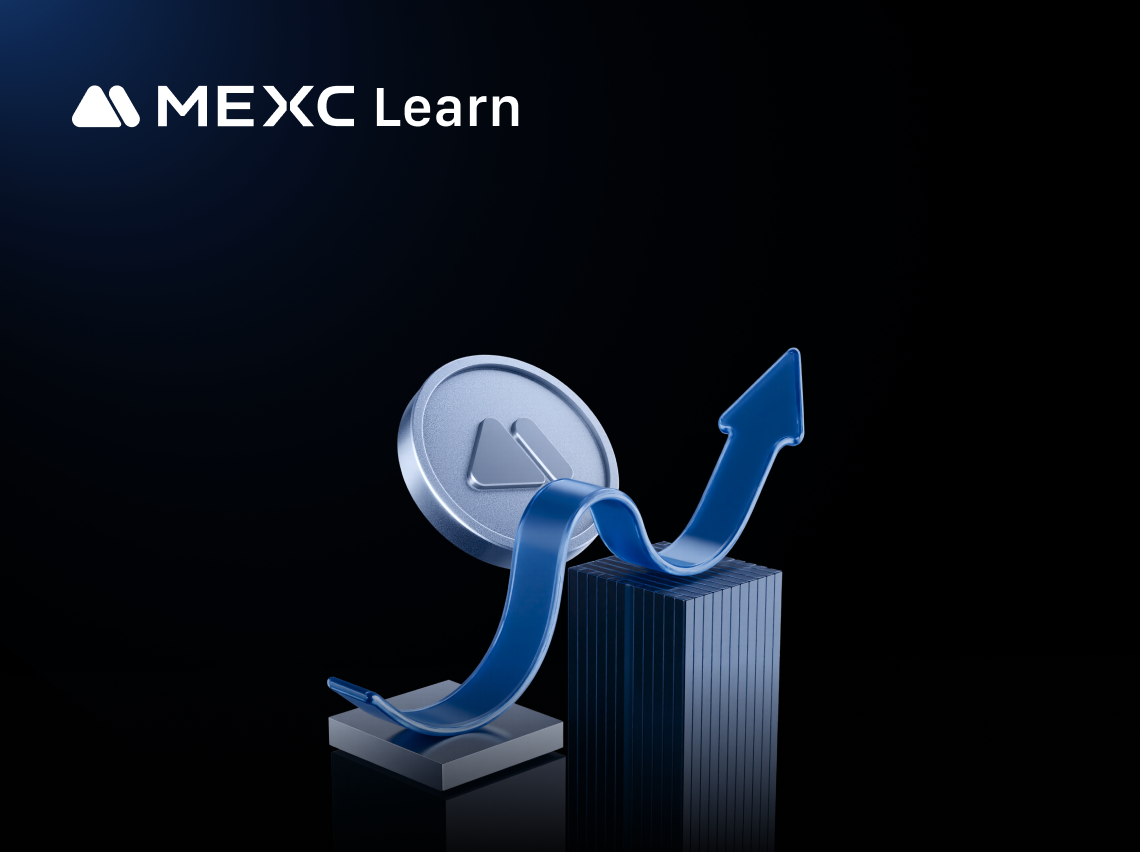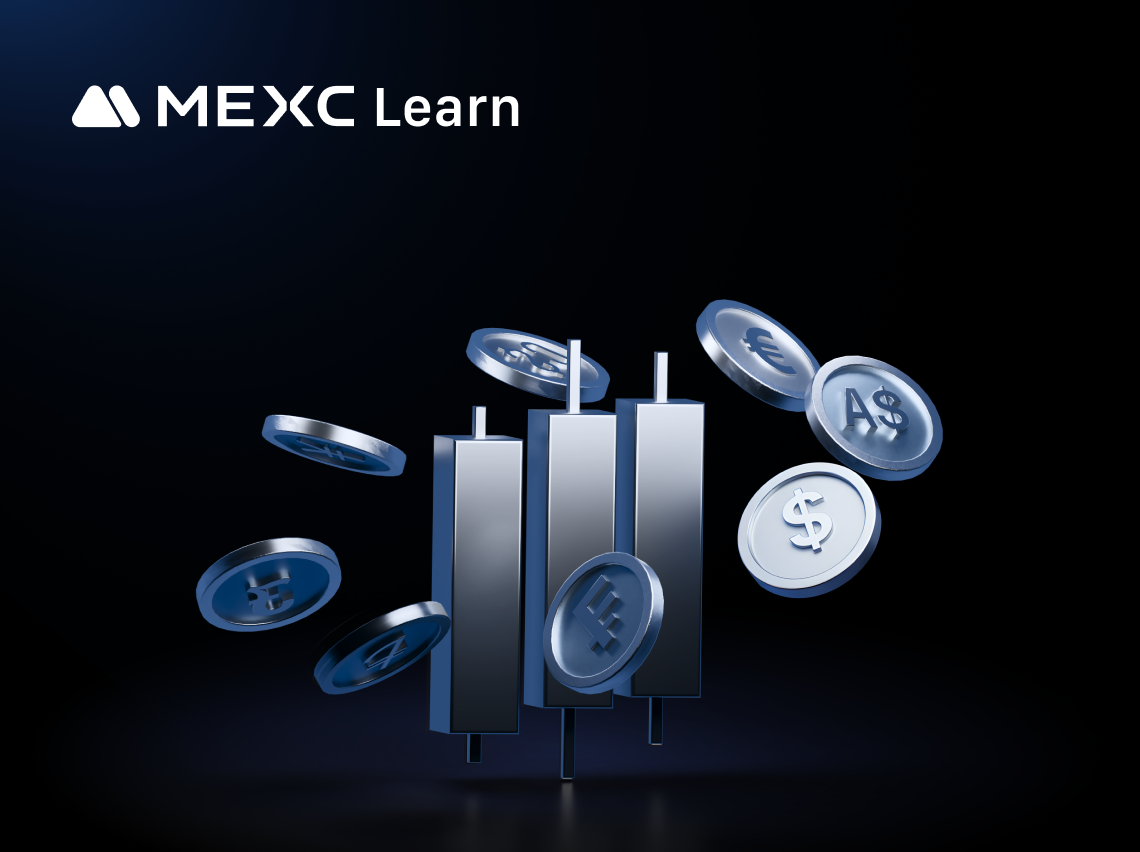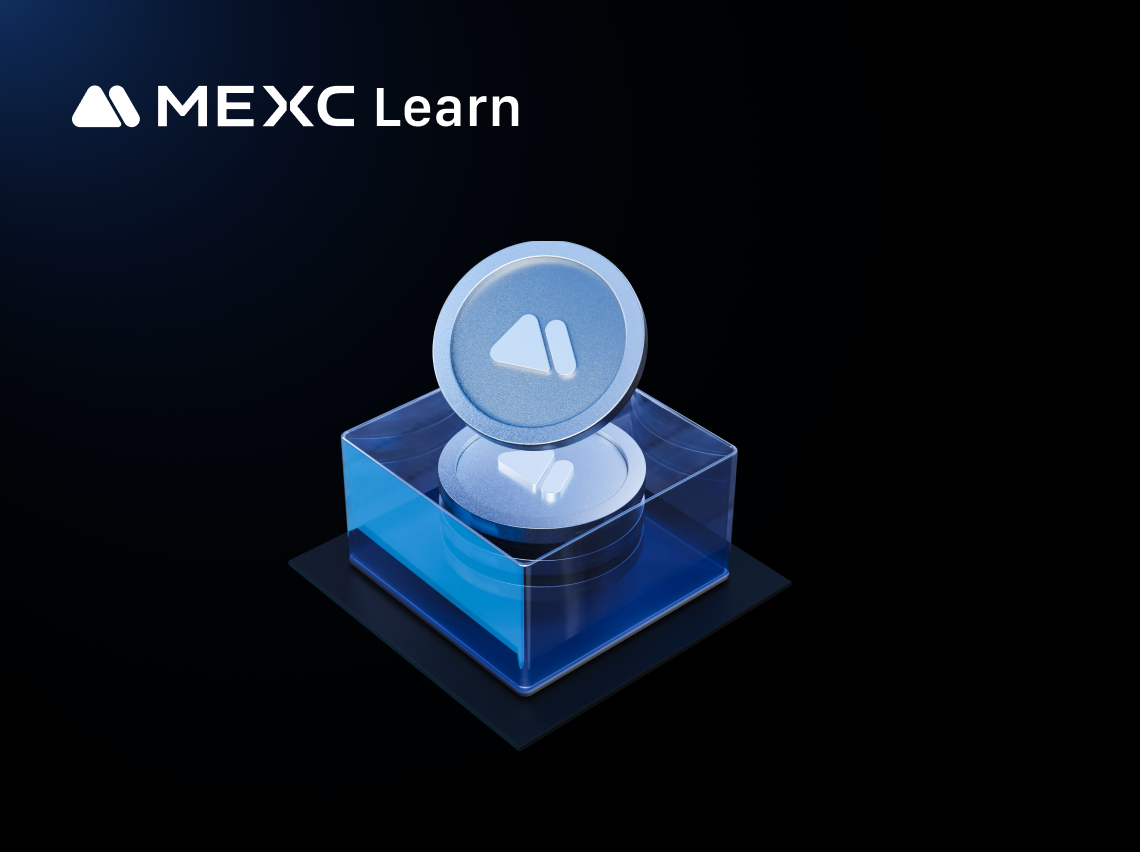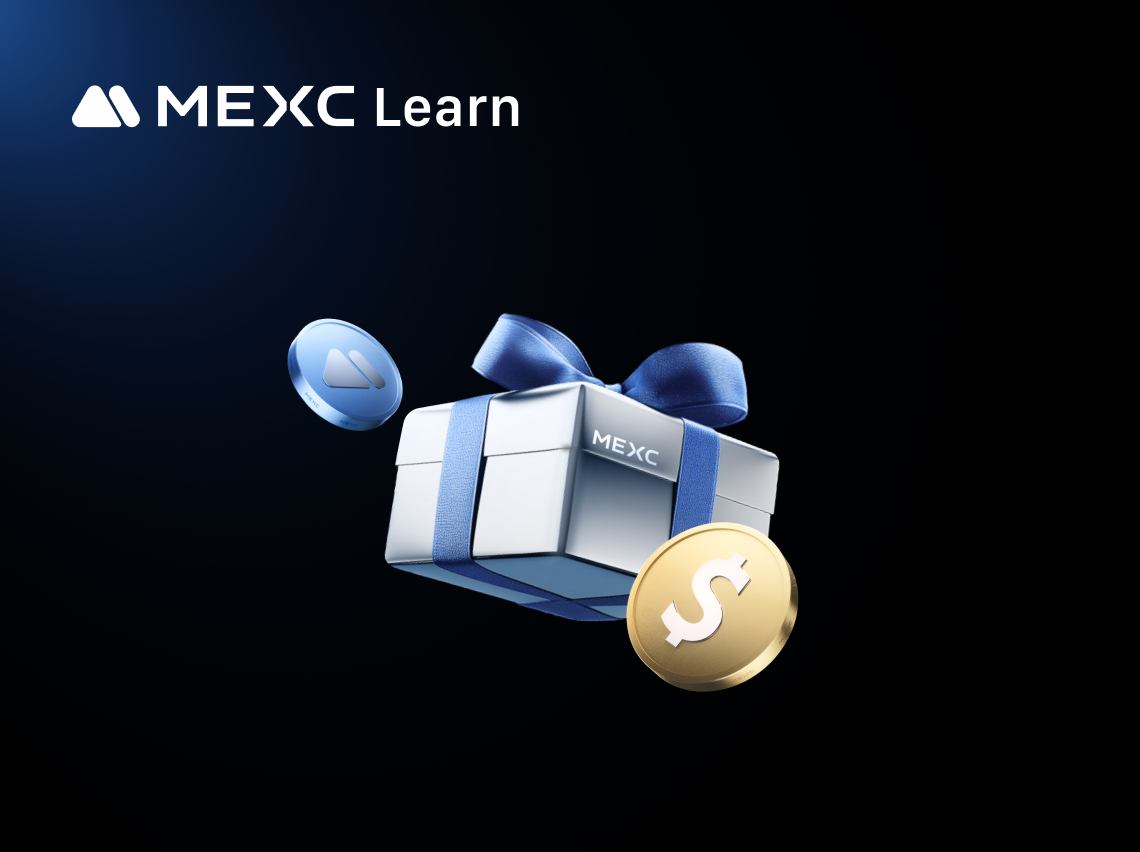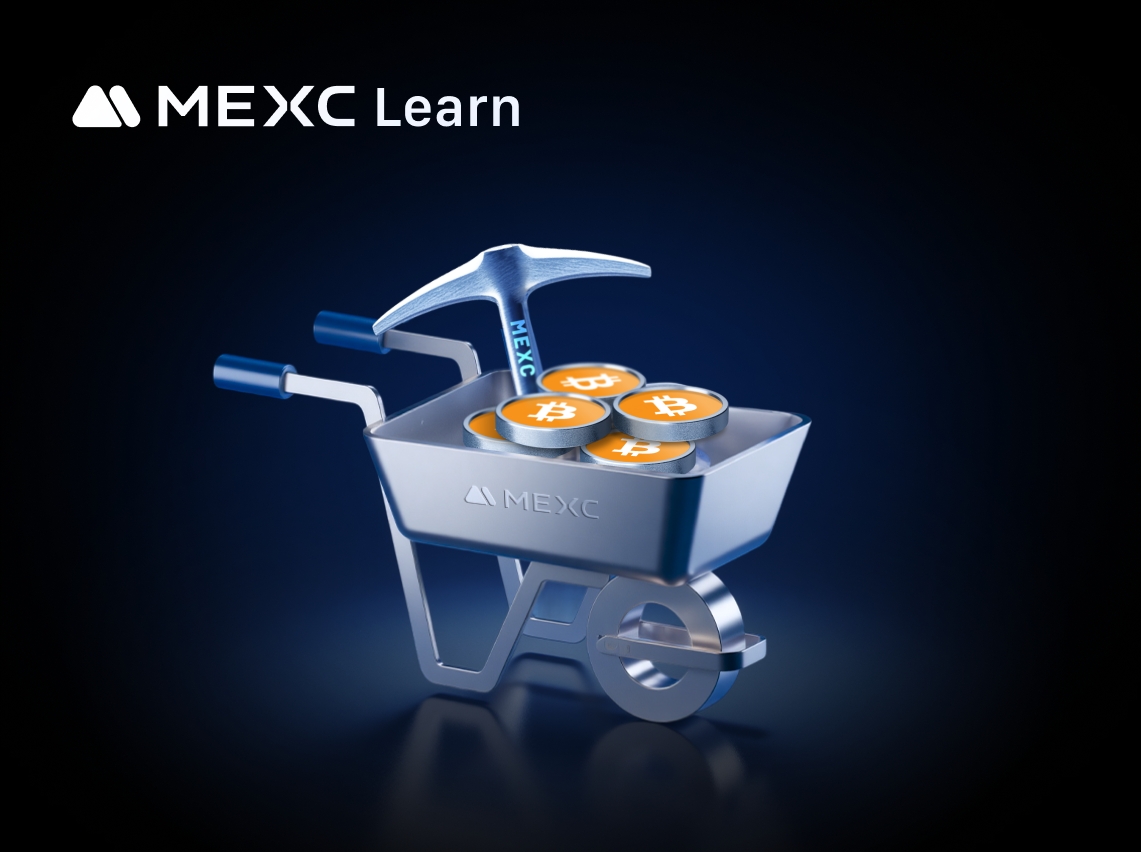Imagine digging for gold in the digital world, where your computer becomes a powerful mining machine working around the clock to uncover valuable treasure. Bitcoin mining transforms your hardware into a digital prospector, competing with millions of other miners worldwide to solve complex puzzles and earn cryptocurrency rewards. The process might seem mysterious to newcomers, but understanding Bitcoin mining is essential for anyone curious about how the world's most popular cryptocurrency actually works.
Many people hear about Bitcoin mining and immediately think of complicated technical jargon or expensive equipment that only experts can operate. The reality is much more accessible than most beginners realize. This comprehensive guide breaks down everything you need to know about what Bitcoin mining is, how the process functions, and whether mining Bitcoin makes sense for newcomers.
Key Takeaways
Bitcoin mining secures the network by verifying transactions through specialized ASIC hardware solving complex mathematical puzzles for rewards.
Three mining methods exist: solo mining (high risk/reward), pool mining (steady returns), and cloud mining (no hardware required).
Mining profitability depends on electricity costs, hardware efficiency, Bitcoin price, and network difficulty adjustments every 2,016 blocks.
The April 2024 halving reduced block rewards to 3.125 bitcoins, with mining continuing until all 21 million bitcoins are mined by 2140.
Environmental concerns exist due to high energy consumption, though many operations increasingly use renewable energy sources.
Regulatory status varies globally, requiring miners to research local laws before starting operations.
Bitcoin mining is the fundamental process that keeps the Bitcoin network secure while introducing new bitcoins into circulation. Think of miners as digital accountants who verify every transaction and maintain the accuracy of Bitcoin's public ledger, known as the blockchain. When someone sends bitcoin to another person, miners compete to confirm that transaction and add it to the permanent record. The mining process involves specialized computers solving extremely difficult mathematical problems. These problems require enormous computational power to solve, but the solutions can be verified instantly by other network participants. Successfully solving these puzzles allows miners to create new blocks of verified transactions and receive freshly minted bitcoin as their reward. Unlike traditional gold mining where physical effort extracts precious metals from the earth, Bitcoin mining uses computer processing power to extract digital currency from mathematical algorithms. The Bitcoin network automatically adjusts the difficulty of these problems to ensure that new blocks are discovered approximately every ten minutes, regardless of how many miners participate in the network.
Every Bitcoin miner contributes to network security by making it virtually impossible for malicious actors to alter transaction records. The more miners participate, the more secure the network becomes. This decentralized approach means no single entity controls Bitcoin, creating a trustless system where mathematical proof replaces the need for intermediaries like banks.
The Bitcoin mining process begins when someone initiates a transaction anywhere in the world. These transactions collect in a waiting area called the mempool, where miners select which ones to include in the next block. Miners prefer transactions with higher fees since they earn these fees in addition to the block reward for successfully mining a new block.
Each miner constructs a candidate block containing around 1,500-2,000 transactions along with special information including a timestamp, the previous block's hash, and a number called a nonce. The miner then runs this data through a cryptographic function called SHA-256, which produces a 64-character string of letters and numbers called a hash. The goal is to find a hash that begins with a specific number of zeros. Finding the correct hash requires pure trial and error, with miners testing billions of different nonce values every second. Modern Bitcoin mining machines called ASICs can perform trillions of these calculations per second, but even with this incredible processing power, finding a valid hash typically requires enormous effort. The Bitcoin network adjusts the difficulty approximately every two weeks to maintain the ten-minute block time. When a miner successfully finds a valid hash, they broadcast their solution to the entire network. Other miners quickly verify the solution's correctness and accept the new block if everything checks out. The successful miner receives the current block reward, which stands at 3.125 bitcoins as of 2024, plus all transaction fees from the included transactions. This reward system incentivizes miners to continue securing the network.
Solo mining represents the traditional approach where individual miners attempt to solve blocks entirely on their own using their personal mining hardware. Solo miners keep 100% of any block rewards they earn, but the probability of successfully mining a block alone has become extremely low due to intense global competition. Modern solo mining typically makes sense only for those operating large-scale mining farms with substantial computational resources.
Pool mining allows individual miners to combine their computational power with thousands of other participants, dramatically increasing their chances of earning regular rewards. When the pool successfully mines a block, the reward is distributed among all participants based on their contributed hash rate. Mining pools charge fees for their services, but they provide much more predictable income streams for smaller miners.
Cloud mining enables people to rent mining power from specialized companies without owning physical hardware. Bitcoin cloud mining participants pay upfront contracts and receive a portion of mining rewards based on their purchased hash rate. While this approach eliminates equipment maintenance and electricity costs, it often involves long-term contracts with variable profitability depending on BTC prices and mining difficulty.
Most beginners find pool mining offers the best balance of accessibility and steady returns. Joining established pools provides regular small payouts rather than waiting months or years for the slim chance of hitting a solo mining jackpot. Popular pools also offer detailed statistics and educational resources that help newcomers understand mining performance metrics.
Modern Bitcoin mining requires specialized hardware called Application-Specific Integrated Circuits, commonly known as ASIC miners. These machines are purpose-built exclusively for Bitcoin mining and offer dramatically higher efficiency compared to regular computer components. Current-generation ASIC miners can perform ranging from 150 to nearly 300 terahashes per second while consuming between 3,000 to 5,500 watts of electricity.
Beyond the mining hardware itself, successful operations require robust power supplies capable of handling high-wattage demands, reliable internet connections for communicating with mining pools, and adequate cooling systems to prevent overheating. Many miners underestimate the importance of proper ventilation, which can significantly impact both performance and equipment lifespan.
Mining software connects your hardware to the Bitcoin network or your chosen mining pool. Popular options include CGMiner, BFGMiner, and NiceHash, each offering different features and user interfaces. Most modern ASIC miners include built-in software, but understanding the configuration options helps optimize performance and monitor operations effectively.
Determining whether Bitcoin mining is profitable requires careful analysis of multiple factors that constantly change with market conditions. The primary variables include Bitcoin's current price, network mining difficulty, your equipment's hash rate and power consumption, local electricity rates, and initial hardware costs. Mining profitability calculators help estimate potential returns, but these projections can change rapidly.
Current mining difficulty has reached unprecedented levels, making it increasingly challenging for small-scale miners to generate meaningful profits. The Bitcoin network's total hash rate continues to grow as more miners join, representing massive global competition that continues growing as more miners join the network. This increased competition directly impacts individual miner profitability by reducing the probability of earning rewards.
Electricity costs represent the largest ongoing expense for Bitcoin miners. Miners in regions with cheap electricity rates generally maintain better profit margins than those paying standard residential rates. Industrial electricity rates and renewable energy sources can significantly improve long-term mining economics.
The Bitcoin mining reward halving event, which occurs approximately every four years, reduces block rewards by 50% and fundamentally changes mining economics. The most recent halving in April 2024 reduced rewards from 6.25 to 3.125 bitcoins per block, immediately impacting miner revenues. Future halvings will continue this trend, making efficiency improvements increasingly crucial for maintaining profitability.
Bitcoin mining faces significant environmental criticism due to its substantial energy consumption, which rivals that of entire countries according to various studies. While many mining operations increasingly utilize renewable energy sources like solar, wind, and hydroelectric power, the industry continues working to address sustainability concerns. Miners seeking long-term viability often prioritize clean energy sources and efficient hardware to minimize their environmental impact.
Regulatory uncertainty presents ongoing challenges for Bitcoin miners in various jurisdictions worldwide. Some countries have implemented restrictions or outright bans on mining activities, while others embrace the industry with favorable policies and cheap energy. Miners must carefully research local regulations and potential future policy changes that could impact their operations.
The technical complexity of mining operations can overwhelm beginners who underestimate the learning curve involved in successful mining. Hardware configuration, pool selection, performance monitoring, and troubleshooting require time and effort to master. Many newcomers struggle with concepts like mining difficulty adjustments, hash rate optimization, and thermal management without proper education.
Market volatility creates additional risks since mining profitability depends heavily on Bitcoin's price movements. Extended bear markets can render mining operations unprofitable, forcing some participants to shut down temporarily or permanently. Successful miners typically develop strategies for managing price volatility, including holding mined bitcoins during favorable conditions or selling immediately to cover operational costs.
Starting your Bitcoin mining journey requires careful preparation and realistic expectations. Here's a step-by-step approach for beginners:
Research current mining hardware and calculate potential profitability using online Bitcoin mining calculators. Input your local electricity rate, desired hardware specifications, and current network conditions to estimate monthly returns. Remember that these calculations provide estimates only, and actual results will vary based on network difficulty changes and Bitcoin price fluctuations.
Choose your preferred mining method based on your budget and technical expertise. Pool mining offers more predictable returns for beginners, while cloud mining eliminates hardware ownership requirements. Solo mining requires substantial investment and technical knowledge but offers the highest potential rewards.
Select reputable mining pools or cloud mining providers with transparent fee structures. Research their track records, payout methods, and user reviews. Large pools provide more frequent small payments, while smaller pools may offer better long-term returns but with higher variance.
Start with modest investments to gain experience before committing significant capital. Purchase entry-level ASIC miners or small cloud mining contracts to understand the basics without major upfront costs. This approach allows learning mining fundamentals while minimizing financial risk.
Join mining communities and educational resources to connect with experienced miners. Online forums, social media groups, and educational content help beginners avoid common mistakes and optimize their setups. Learning from others' experiences can save both time and money during your mining journey.
1. How long does it take to mine 1 bitcoin?
Individual miners cannot mine exactly one bitcoin since rewards are distributed as 3.125 bitcoins per block. Small-scale miners typically need months to earn equivalent amounts through pool participation.
2. Is Bitcoin mining legal?
Bitcoin mining legality varies by country, with most nations allowing mining while others have restrictions or bans. Research local regulations before starting operations.
3. How much does it cost to mine Bitcoin?
Mining costs include hardware purchases (significant investment required), electricity consumption (major ongoing expense), and cooling requirements. Profitability depends on local electricity rates and bitcoin prices.
4. Is Bitcoin mining profitable?
Mining profitability depends on electricity costs, hardware efficiency, and bitcoin prices. Current high network difficulty makes small-scale mining challenging for most individuals.
5. Is it hard to mine Bitcoin?
Bitcoin mining difficulty automatically adjusts every 2,016 blocks to maintain 10-minute block times. Higher difficulty means more computational power needed to solve blocks.
6. How to start Bitcoin mining?
Begin by researching hardware options, calculating profitability, choosing mining pools, and starting with modest investments to learn the basics before scaling up.
7. What is a Bitcoin miner?
A Bitcoin miner is specialized computer hardware (typically ASIC machines) or the person operating it to solve mathematical problems and verify Bitcoin transactions for rewards.
8. How to mine Bitcoin on PC?
Modern Bitcoin mining on regular PCs is not profitable due to low computational power compared to specialized ASIC miners, making it virtually impossible to compete effectively.
9. How to mine Bitcoin for free?
Bitcoin mining always requires hardware and electricity, so free mining does not truly exist. Some mobile apps claim "free mining" but typically provide minimal returns or are promotional tools.
10. How much Bitcoin is left to mine?
A limited number of bitcoins remain to be mined from the total supply of 21 million, with the last coins expected around 2140.
11. How to mine Bitcoin on Android?
Android Bitcoin mining apps exist but generate negligible returns due to mobile processors' limited computational power compared to dedicated mining hardware.
12. Is Bitcoin mining legal in India?
Bitcoin mining legality varies by jurisdiction. According to local regulations, the government does not explicitly ban mining but implements strict cryptocurrency trading regulations.
13. How much time it takes to mine 1 bitcoin on a phone?
Mining 1 bitcoin on a phone is practically impossible due to extremely low processing power, potentially taking thousands of years even if technically feasible.
Bitcoin mining represents a fascinating intersection of technology and economics that continues evolving as the industry matures. While mining can be profitable under the right conditions, success requires careful planning, ongoing education, and realistic expectations about potential returns.
For those considering mining, start with thorough research and modest investments while focusing on learning fundamental concepts. Whether choosing solo mining, pool participation, or cloud mining, understanding the underlying mechanics will improve your chances of success. Consider exploring opportunities through established platforms like MEXC, which provides educational resources for cryptocurrency enthusiasts.
